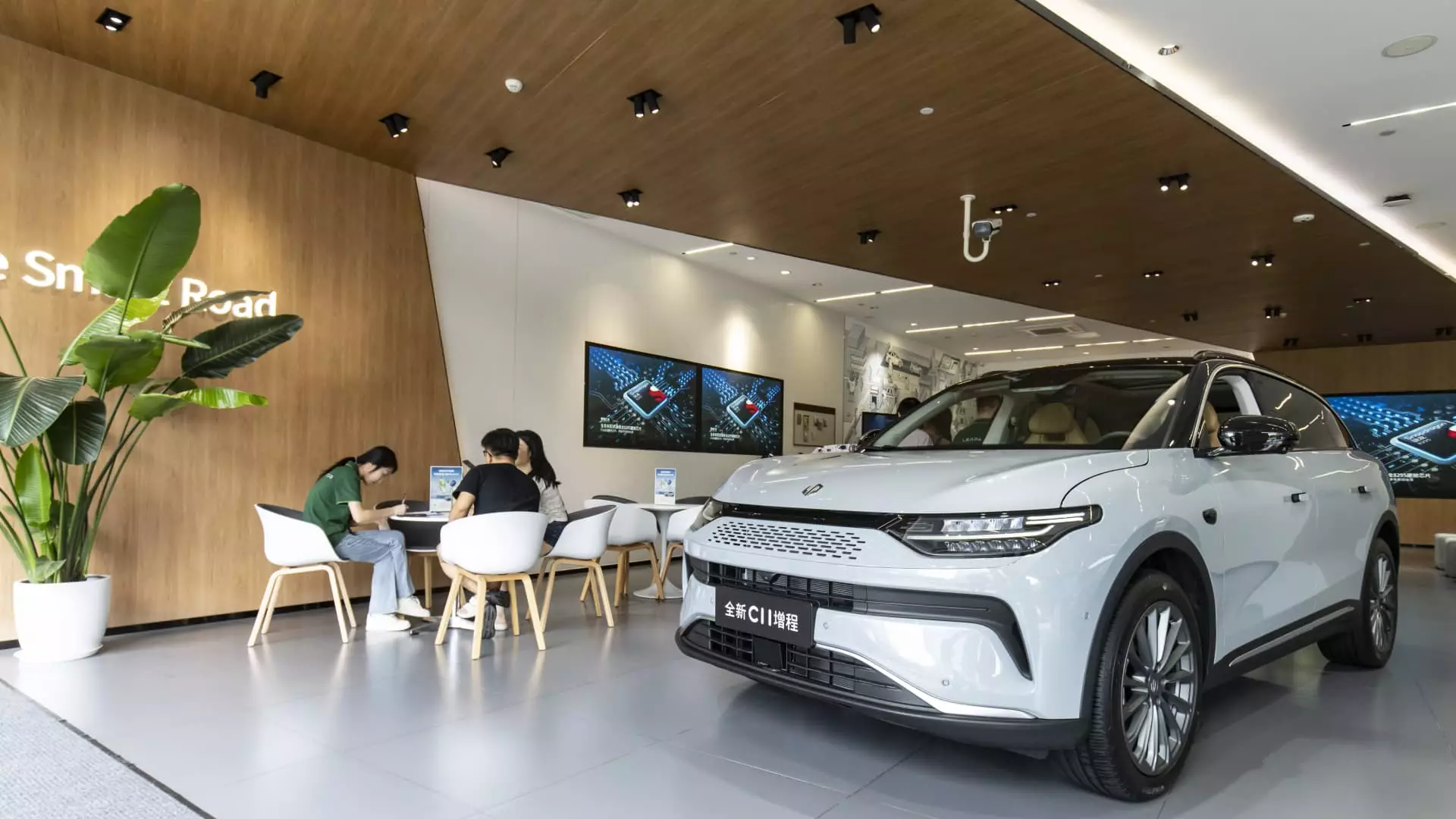In recent years, the automotive landscape in China has undergone a significant transformation. As consumers gradually move away from traditional gasoline vehicles, hybrid-powered vehicles have emerged as a preferred choice over their fully battery-powered counterparts. Notably, BYD, a leading player in China’s automotive sector, has reported remarkable sales figures for hybrid vehicles in 2024. With around 4.3 million passenger cars sold, approximately 2.5 million of these were hybrid models, signaling a turnaround from the previous year when battery-only vehicles slightly outpaced hybrids.
This shift is influenced by multiple factors, including rising concerns over environmental impact, government incentives, and practical considerations such as driving range and infrastructure. As the demand for sustainable transportation options grows, hybrids provide an appealing compromise by offering both electric driving capabilities and the assurance of a conventional fuel backup.
While BYD dominates the hybrid segment, several other brands are making substantial contributions to the market. Tesla, renowned for its commitment to battery-powered vehicles, is expected to deliver over 600,000 units in China for the second year in a row. As competition intensifies, companies like Li Auto have also showcased their strength by achieving record deliveries, with over 500,000 vehicles sold in 2024. These figures indicate not only a flourishing demand for hybrids but also a diversification of preferences among consumers, further enhancing the competitive landscape.
Stellantis, via its Chinese partner Leapmotor, has reported approximately 300,000 car deliveries, striving to push this number to 500,000. This ambition reflects the company’s recognition of growing consumer interest in hybrid technology. Furthermore, rising electric vehicle startups in China, such as Zeekr and Nio, have also started to pivot their strategies, with plans to introduce hybrid models into their offerings, demonstrating a reactive adaptation to market trends.
The increasing popularity of hybrid vehicles can be partially attributed to their performance in bridging the gap between traditional and electric vehicles. With their range-extending capabilities, hybrids present a less intimidating option for consumers wary of the limitations related to battery-powered vehicles, such as recharging time and charging infrastructure availability. In 2025, Zeekr plans to launch its first hybrid car, further solidifying the segment’s expansion.
Moreover, market penetration statistics paint a promising picture for the future of new energy vehicles (NEVs) in China. In July 2023, the market share of NEVs surpassed 50% for the first time, reinforcing the momentum behind this automotive pivot. By November, this penetration rate stabilized at an impressive 52.3%, a remarkable increase from the previous year’s 36%. This substantial growth can be attributed to aggressive government policies advocating for NEV sales and easing licensing regulations for these vehicles.
China’s government has played a crucial role in fostering the growth of the new energy vehicle sector through a mix of financial incentives and policy changes. Subsidies for purchasing hybrids and electric vehicles, alongside simplified access to licensing, have empowered consumers to make environmentally responsible choices. Furthermore, the move to bolster domestic car manufacturers reflects not only a shift in consumer preferences but also a strategic initiative by the government to lessen reliance on foreign automotive brands.
However, the challenge remains in sustaining this momentum. There is an ongoing expectation that internal combustion engine vehicles, including hybrids, will continue to be in demand, as articulated by industry experts. Joe McCabe of AutoForecast Solutions forecasts a continued evolution of the market whereby dependence on traditional fuel technologies may persist alongside advancements in hybrid and electric technologies.
The robust growth of hybrid vehicles in China underscores a significant shift in consumer preferences, driven by practical advantages and supportive government policies. With major players like BYD, Tesla, Li Auto, and emerging brands continually evolving their respective strategies, the automotive landscape in China is poised for continued transformation. The blend of sustainability and practicality offered by hybrid vehicles not only reflects changing consumer attitudes but also symbolizes the broader transition towards a greener future in mobility. As the market develops, the combined offerings of hybrid and fully electric vehicles will likely shape the next chapter of China’s automotive saga.


Leave a Reply